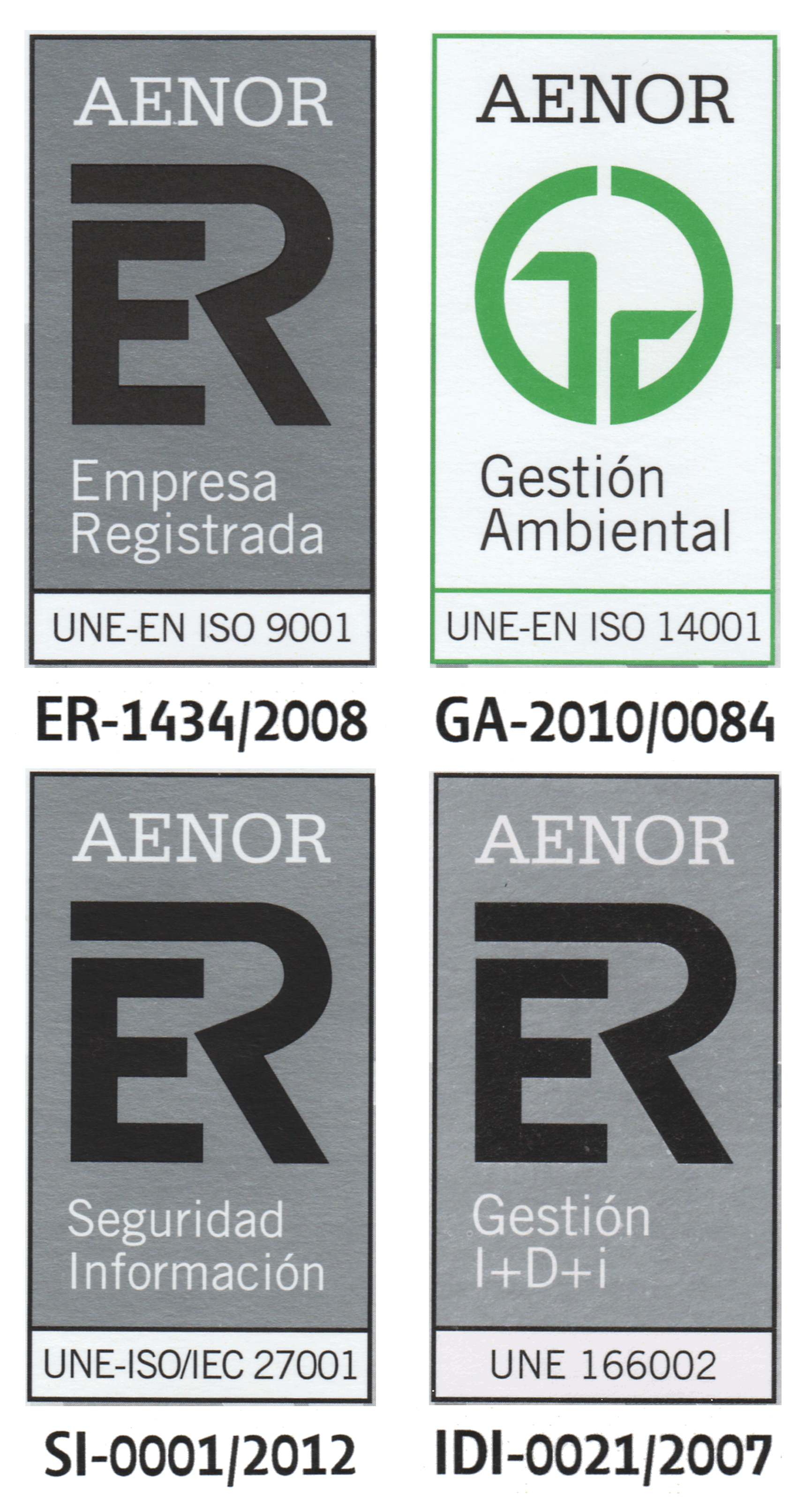Solving Problems in a Distributed Way in Membrane Computing: dP Systems
| Title | Solving Problems in a Distributed Way in Membrane Computing: dP Systems |
| Publication Type | Journal Papers |
| Year of Publication | 2010 |
| Authors | Paun, G., & Pérez-Jiménez M. J. |
| Journal Title | International Journal of Computers, Communications and Control |
| Publisher | Agora University Editing House - CCC Publications |
| Place Published | Oradea, Romania |
| Volume | 5 |
| Pages | 238-250 |
| Date Published | 06/2010 |
| Abstract | Although P systems are distributed parallel computing devices, noexplicit way of handling the input in a distributed way in this framework wasconsidered so far. This note proposes a distributed architecture (based on cell-likeP systems, with their skin membranes communicating through channels as intissue-like P systems, according to specified rules of the antiport type), whereparts of a problem can be introduced as inputs in various components and thenprocessed in parallel. The respective devices are called dP systems, with the caseof accepting strings called dP automata. The communication complexity can beevaluated in various ways: statically (counting the communication rules in a dPsystem which solves a given problem), or dynamically (counting the number ofcommunication steps, of communication rules used in a computation, or the numberof objects communicated). For each measure, two notions of “parallelizability" canbe introduced. Besides (informal) definitions, some illustrations of these idea areprovided for dP automata: each regular language is “weakly parallelizable" (i.e., itcan be recognized in this framework, using a constant number of communicationsteps), and there are languages of various types with respect to Chomsky hierarchywhich are “efficiently parallelizable" (they are parallelizable and, moreover, areaccepted in a faster way by a dP automaton than by a single P automaton). Several suggestions for further research are made. |
| Keywords | chomsky hierarchy, communication complexity, distributed computing, Membrane computing, P system |
| URL | http://www.journal.univagora.ro/?page=article_details&id=408 |
| Issue | 2 |
| Impact Factor | 0.650 |
| Ranking | 38/60 - Q3 |
| ISSN Number | 1841-9836 |
| Attachment | Size |
|---|---|
| 408.pdf | 115.75 KB |



